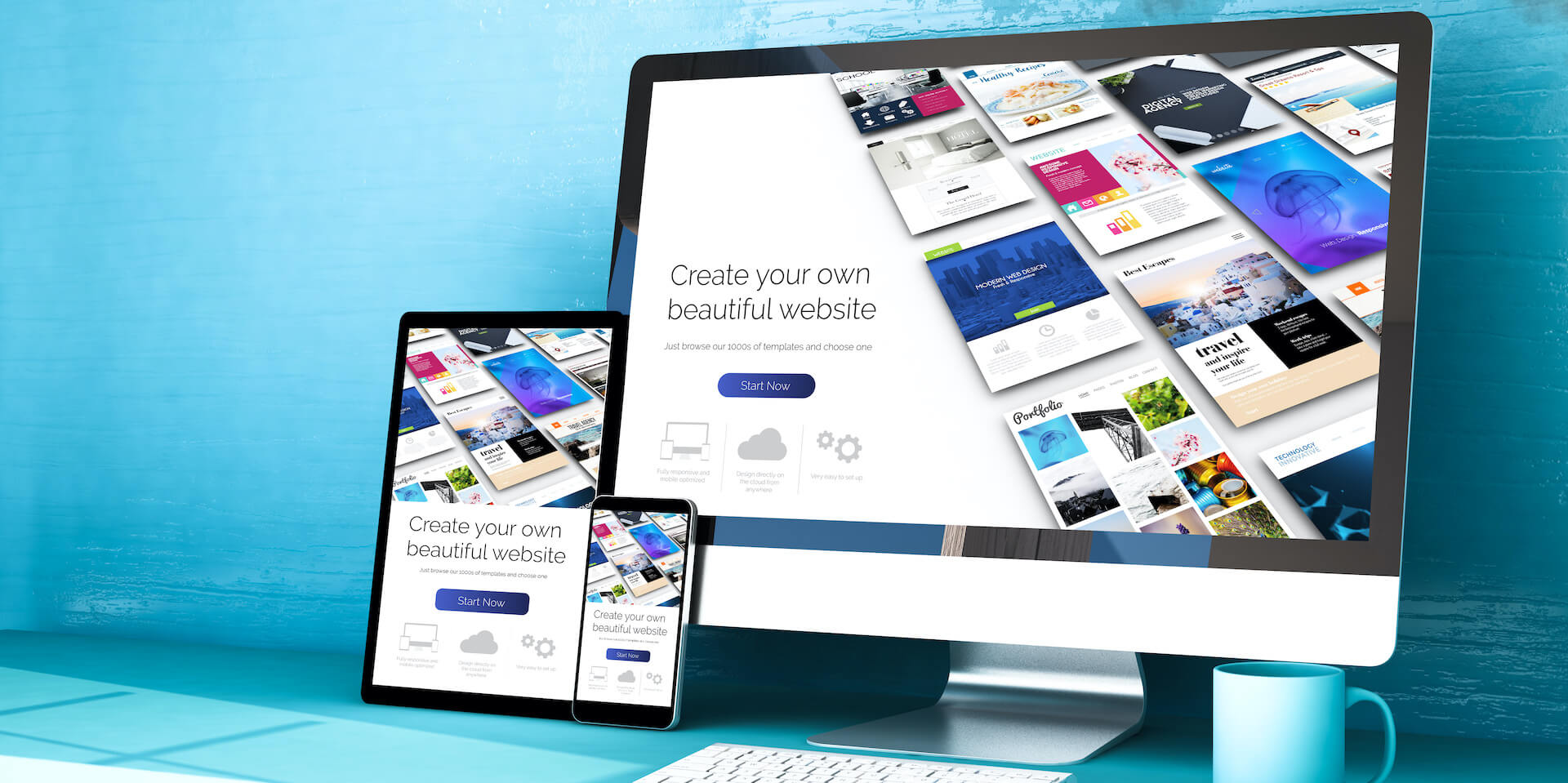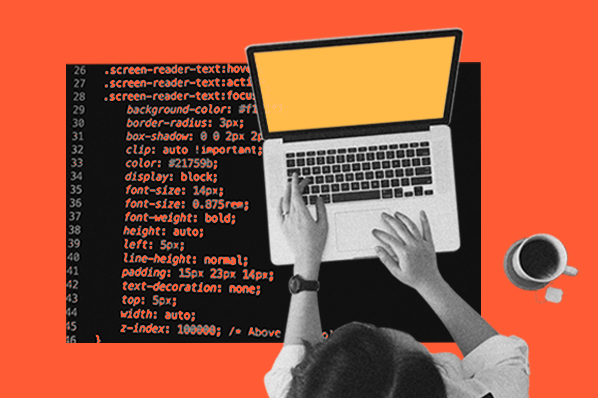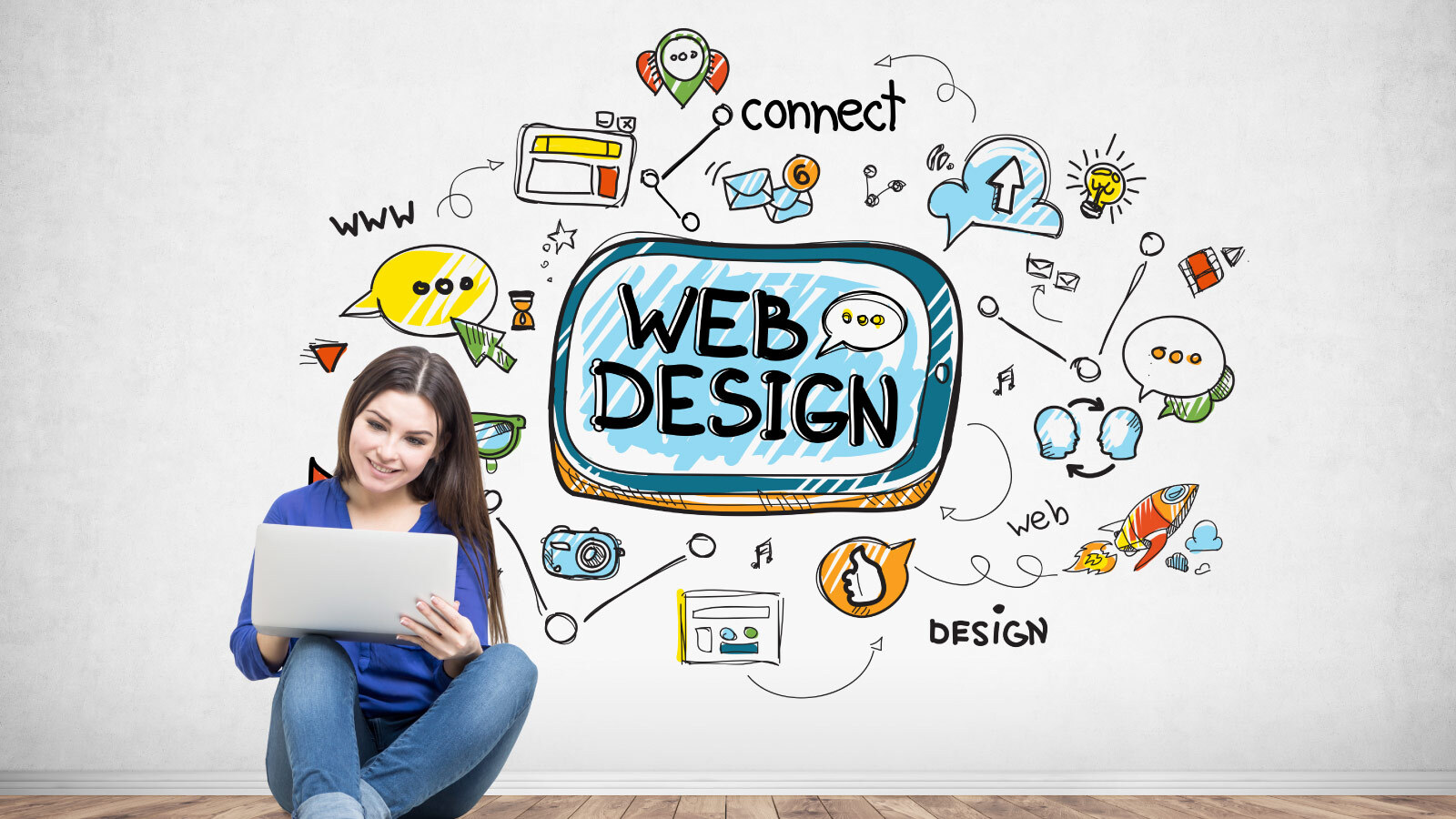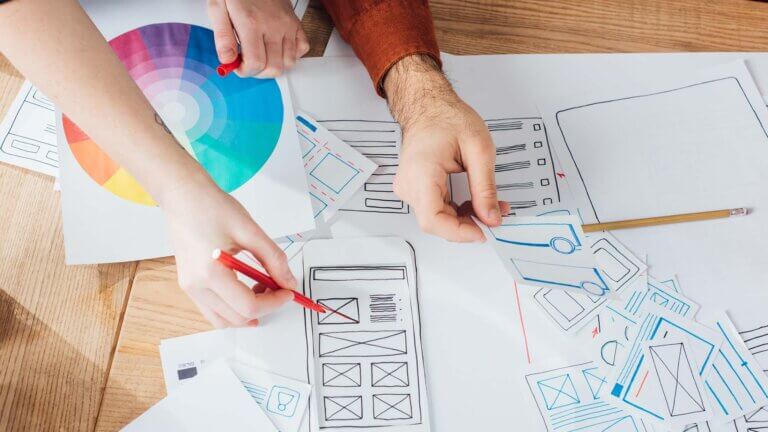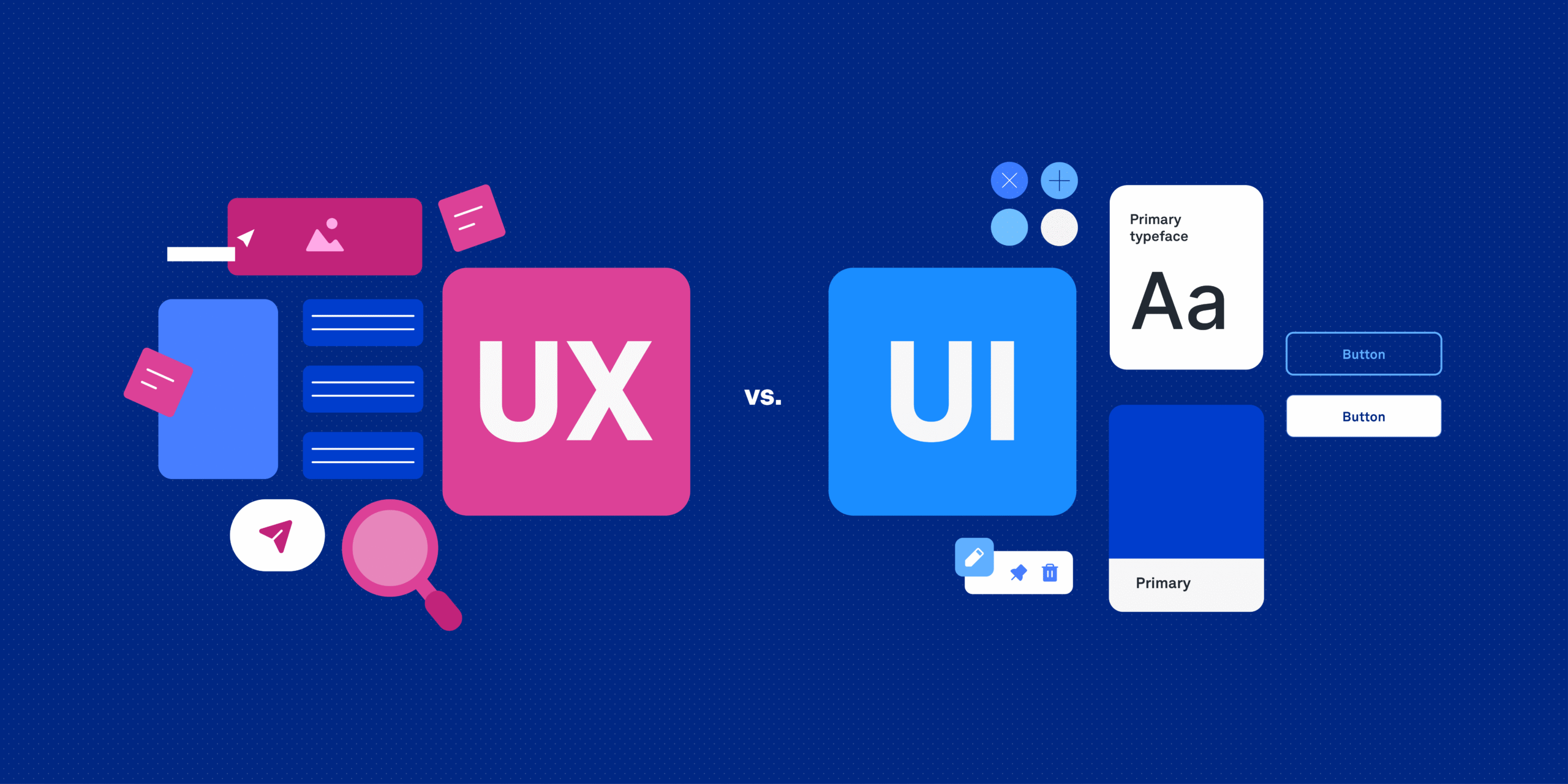
In digital design, User Interface (UI) refers to the interactivity, look, and feel of a product screen or webpage, while User Experience (UX) describes the overall journey a user has with that product or website. Both play crucial roles in making digital products functional and engaging.
Defining UI vs UX Design
Many people mix up UI and UX, but there’s a distinction.
- UI (User Interface): A specialized subset of UX, focusing on the look and interactivity of digital products.
- UX (User Experience): The broader process that ensures a product is intuitive, functional, and enjoyable to use.
4 Key UI Design Considerations
When creating engaging UI, designers focus on four main elements:
1. Page Layout
The structure of a page should feel natural to users. Designers decide on everything—from header placement to white space—to make navigation intuitive.
2. Color Scheme & Fonts
Colors and typography are chosen carefully for consistency, accessibility, and brand identity.
3. Interactive Elements
Buttons, menus, and forms should guide users seamlessly through the product.
4. Wireframes & Prototypes
UI designers often refine wireframes into high-fidelity prototypes, turning concepts into interactive, testable designs.

ALSO READ: 10 Web Design Principles Every Designer Needs to Know
5 Steps to UX Design
Unlike UI, UX design is a larger process that involves research, testing, and iteration. Here are the five core steps:
1. Consumer & Competitor Research
UX designers study target audiences to learn about their preferences, challenges, and online behaviors. They may also conduct competitor analyses to define product niches. Research often leads to creating user personas that represent key audience types.
2. Information Architecture (IA)
Designers outline content hierarchy, navigation, and features using IA tools like flowcharts, which map out user journeys and decision points.
3. Wireframes & Prototypes
Initial sketches become wireframes and later prototypes. Tools like Figma prototypes allow collaboration between designers, developers, and stakeholders.
4. Testing & Troubleshooting
Mockups are tested to identify issues with navigation, forms, or layout. Feedback helps refine the product before launch.
5. Ongoing Updates
UX work doesn’t end at launch. Continuous updates—driven by analytics and user feedback—help fix issues and optimize performance (e.g., simplifying a long checkout process to reduce cart abandonment).
Do You Really Need a UI Designer?
Some startups build early versions of products without a dedicated UI designer, but this has drawbacks. Graphic designers may handle brand alignment but often lack expertise in accessibility and responsive design, two critical skills UI specialists bring.
How to Recognize Successful UX Design
According to Peter Morville, author of Information Architecture for the World Wide Web, a successful UX answers “yes” to these questions:
- Is it useful?
- Is it usable?
- Is it desirable?
- Is it findable?
- Is it accessible?
- Is it credible?
- Is it valuable?
Where Do UI and UX Overlap?
While UI is part of UX, the two often overlap in three major areas:
- User-Centered Design: Both prioritize empathy for the end user.
- Collaboration: UX and UI designers work closely with developers and graphic designers.
- Shared Tools: Both disciplines use design tools like Figma for wireframes, prototypes, and system design.
Final Thoughts
Great digital design balances both UI and UX. While UX ensures the product works well and meets user needs, UI makes it visually engaging and interactive. Together, they create products that are not just functional but also memorable.
